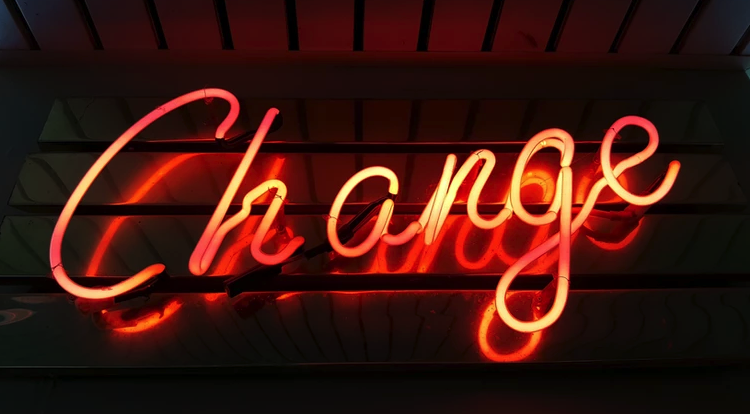
How to Make Real Changes to Consumer Behavior
How can you change consumer behavior? Barring extreme external circumstances (like a global pandemic), what are the ways brands can alter deeply-ingrained, habitual audience behaviors when it comes to shopping and brand loyalty?
The Harvard Business Review cites five key levers when it comes to influencing behavior change:
- New Behavior Comprehension
- Simplicity
- Desirability
- Reward
- Is it Habit-Forming?
An estimated 90% of purchasing decisions are made instinctively, meaning a shift in ongoing consumer behavioral patterns requires an emphasis on automatic, low-cognition thought processes (as opposed to rational, high-cognition decisions).
Incentivized Behavioral Change
Driving a shift in these more deeply-entrenched consumer behaviors often requires additional, extrinsic motivation — even when the change is clearly in the best interest of the individual.
Everyone knows “smoking is bad for you,” “don’t go to a house party during COVID-19,” and “don’t text and drive,” which means if a person is already in the habit of doing these things, then information alone is not a sufficient motivator.
The same logic applies to brand consumer purchasing behaviors. This is where incentivized behavioral change comes in. Unlike the one-time promotional offers that can help induce new product trial or grab market share over a holiday weekend, incentivized behavioral change involves creating ongoing extrinsic motivation for your consumers. Examples include loyalty and reward programs.
The Psychology of Long-Term Behavioral Shifts
According to management consulting firm McKinsey & Company, behavioral science tells us that identifying consumers’ new beliefs, habits, and “peak moments” is central to driving behavioral change.
This plays out in a variety of ways:
-
Reinforce positive new beliefs. A consumer’s existing beliefs can prevent them from logically evaluating alternatives to current habits and routines. Don’t challenge these beliefs directly, instead create opportunities to delight the audience with new experiences — especially when making your first impression!
-
Shape emerging habits with new offerings. Human beings are hard-wired to pay more attention to new ideas and opportunities. Even well-established brands should always be innovating new and alternative experiences for a prospective customer.
-
Sustain new habits, using contextual cues. A cousin to the “customer journey” map is the “customer behavior” map. Identify the high-impact moments and touch points in your consumers’ daily lives that trigger their habitual shopping behaviors.
-
Align messages to consumer mindsets and analyze consumer beliefs and behaviors at a granular level. Feeling the pulse of the cultural zeitgeist is necessary when suggesting new behaviors to your audience, but it’s far more important to appreciate the diversity within any given population. Behaviors and beliefs tend to be deeply personal, and marketers can’t expect a “one-size fits all” approach to have the same level of success as a program that is highly relevant and tailored to the distinct needs and lifestyles of different consumer segments.